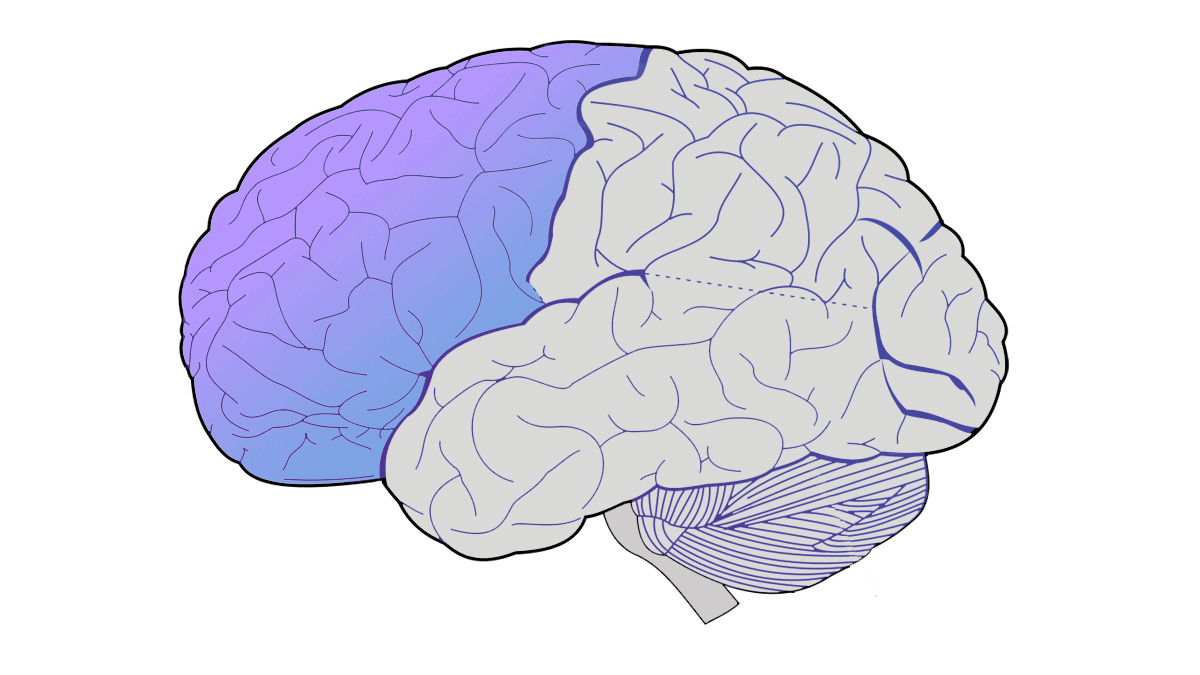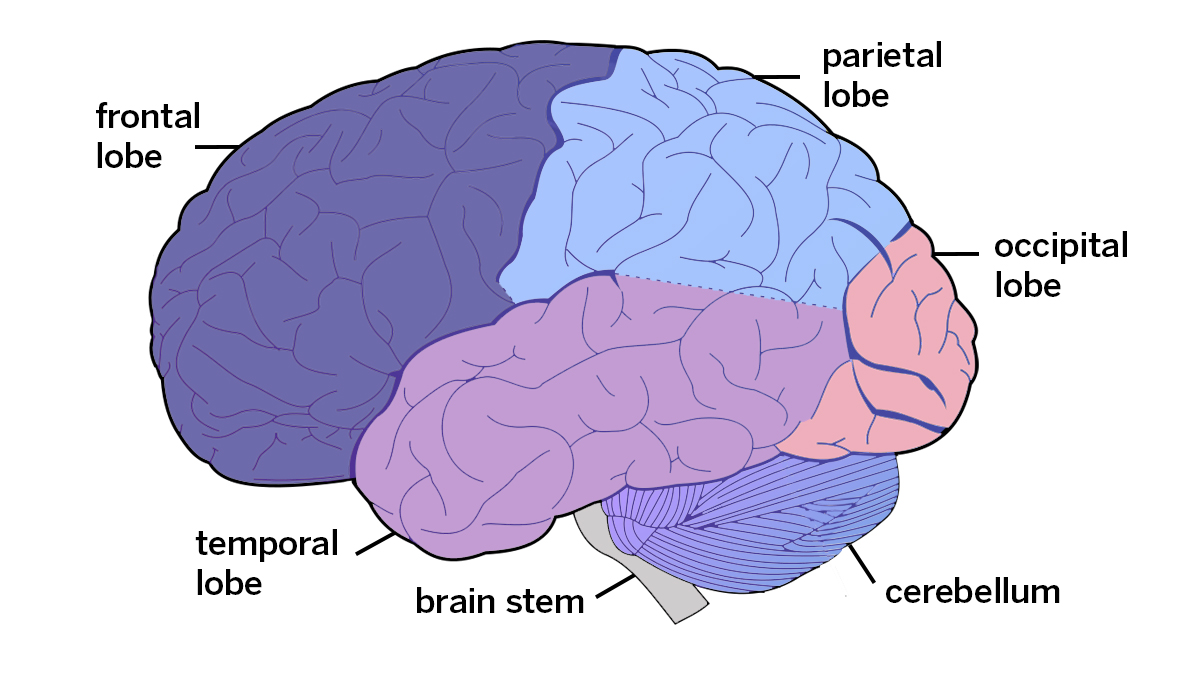Contact Information
Hassam Ansari
Communications Officer, BrainsCAN
Western University
hassam.ansari@uwo.ca
Q&A with Priya Kalra: Peering inside the Brain
March 14, 2022 - BrainsCAN Communications


Priya Kalra, BrainsCAN Postdoctoral Fellow
Talking, moving, solving problems – everything we do in life is linked to our brain. Connected to the rest of the body by receptors, the brain receives signals every second of every day related to taste, touch, vision, hearing and smell. It allows us to communicate with one another, play games, enjoy food, and understand the world around us.
To celebrate Brain Awareness Week, BrainsCAN Postdoctoral Fellow, Priya Kalra answered questions from high school students on the brain, mental health, brain injuries and more.
How does the brain work?
(Priya Kalra) Researchers still don’t fully understand how the brain works! But what we know is there are cells called neurons that communicate with each other and form a network. The network is capable of doing complex tasks, like recognizing images or understanding language – one cell by itself cannot do these things, but together the network can. Neurons actually work using electrical signals called ‘action potentials.’ These action potentials travel through the neuron and then cause it to release chemicals to try to tell other neurons what’s going on. This leads to action potentials in other neurons and that’s how information gets from one cell to another.
What are the different sections of the brain? Are they responsible for different things?
(PK) To understand the brain, there are six main sections.

- Brain stem – Controls basic functions, such as breathing and heart beat
- Cerebellum – Coordinates complex tasks, including helping coordinate your movements
- Frontal Lobe – Responsible for planning and reasoning, sending messages to the muscles of the body, and some aspects of language
- Occipital Lobe – Processes visual information
- Parietal Lobe – Allows you to understand space, time and numbers
- Temporal Lobe – Manages memory formation, auditory processing (hearing), and some aspects of language comprehension
The spinal cord is how the brain sends messages to the muscles in your body.
What happens when you injure your brain (i.e., concussion)?
(PK) This is an important question, but the answer is complex! When a part of the brain is damaged, then the functions of that part of the brain are affected. For example, if you have damage to the occipital lobe, you may have trouble processing visual information.
There are many types of injuries, depending on where the head was injured (front, back, side), how it was injured (hit, lack of oxygen, etc.), for how long (one quick simple impact or a longer period), and many other factors. All those factors will also affect how the brain responds as it tries to adjust to a change. Right after the injury, the effects will be most severe, but over time some things can get better. This can be due to healing, but also from the brain adjusting and finding ways to compensate for damage. However, with severe injuries or many injuries over time, the brain’s ability to heal and compensate is less effective and there may be irreversible long-lasting damage.
How do mental health issues affect the brain?
(PK) That is a huge area of research! One thing we know is that you can definitely see differences in the brain when someone is experiencing mental health issues, but that does not mean that they can't be helped or changed. Many common mental health issues (such as anxiety or depression) respond well to appropriate treatment, including therapy, social support, and medication. Sometimes after effective treatment, differences in brain function can no longer be detected! Other types of mental health issues, like schizophrenia, can be harder to treat, but in some cases treatment works well.
How does the brain work for someone who has Attention-Deficit / Hyperactivity Disorder (ADHD)?
(PK) Sometimes in ADHD, there is not enough activity in the part of the brain called the prefrontal cortex that regulates attention and planning. Medication helps some people with ADHD by making the prefrontal cortex more active. However, there are lots of things a person with ADHD can do (or that someone can help them with) to focus; for example, limiting distractions, mindfulness exercises (such as meditation), and breaking tasks into small, manageable goals.
What are the effects of different drugs and substances on the developing brain?
(PK) Developing brains are fragile, so anything like drugs or substances (such as lead from paint or unclean water), or even traumatic events or high stress levels can affect their development. The brain develops throughout childhood, adolescence and young adulthood before reaching maturity at about 25 years. While it is still developing, it is vulnerable. One specific thing we know is that chronic or prolonged cannabis use in the teenage years can lead to memory problems throughout life.
If a very young child is exposed to drugs, the effect will be more severe. Infants whose mothers used drugs during pregnancy are often born with impairments – the severity depends on the type of drug and how much was used. With appropriate care and treatment, some can grow up to be well-adjusted adults, but some will have brain problems for their whole lives.
I want to know everything about the brain! Where do I start?
(PK) There are many free online webinars that happen with researches studying the brain. You can start by joining these research talks and checking out websites including:
- brainfacts.org, a website of brain information from the Society for Neuroscience
- The Dana Foundation at dana.org
- atlasobscura.com for some great pictures of real brains
- An interactive learning website on the brain from PBS
I also suggest reading books about the brain (Ramachandran’s “Phantoms in the Brain” is a great one, or anything by Oliver Sacks or Daniel Levitan), taking math and science courses in high school, and registering for a neuroscience class when you get to university or college.
If you’re really interested in this field, become a neuroscientist!







